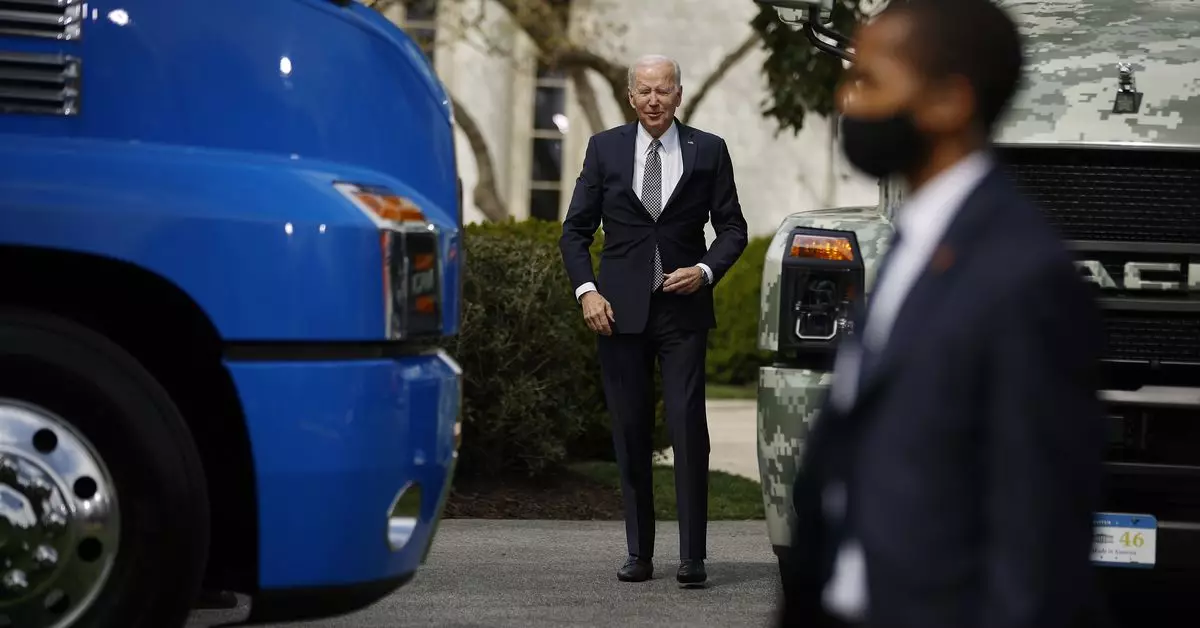The Biden administration has recently unveiled a new vehicle emission rule that is less strict than initially proposed. The new rules state that fuel economy for passenger cars will increase by 2 percent per year for model years 2027–2031, while light trucks will see a 2 percent increase per year for model years 2029–2031.
Unlike President Biden’s original proposal in 2022, which aimed for passenger vehicles to achieve an average of 55 miles per gallon by 2026, the new rules are more conservative. The National Highway Traffic Safety Administration (NHTSA) now predicts that the average light-duty vehicle fuel economy will reach approximately 50.4 miles per gallon by model year 2031.
The auto industry has welcomed the new Corporate Average Fuel Economy (CAFE) standards, describing them as “good and appreciated.” However, some industry experts have questioned the necessity of these standards in an era focused on electrification. While some environmental groups have criticized the less stringent rules, many agree that they will still lead to reduced pollution and cleaner vehicles.
Despite improvements in fuel economy over the years, the United States still falls short of meeting impending deadlines. The nation’s preference for large trucks and SUVs has caused automakers to lag behind in the race to achieve higher gas mileage.
The Biden administration’s new vehicle emission rule represents a compromise between environmental concerns and industry demands. While the goals may be less aggressive than initially proposed, they still aim to push automakers towards producing more fuel-efficient vehicles. As the automotive industry continues to shift towards electrification, it is crucial that regulations keep pace to ensure a cleaner and more sustainable future for transportation.


Leave a Reply